Respirare
Reina Sugihara
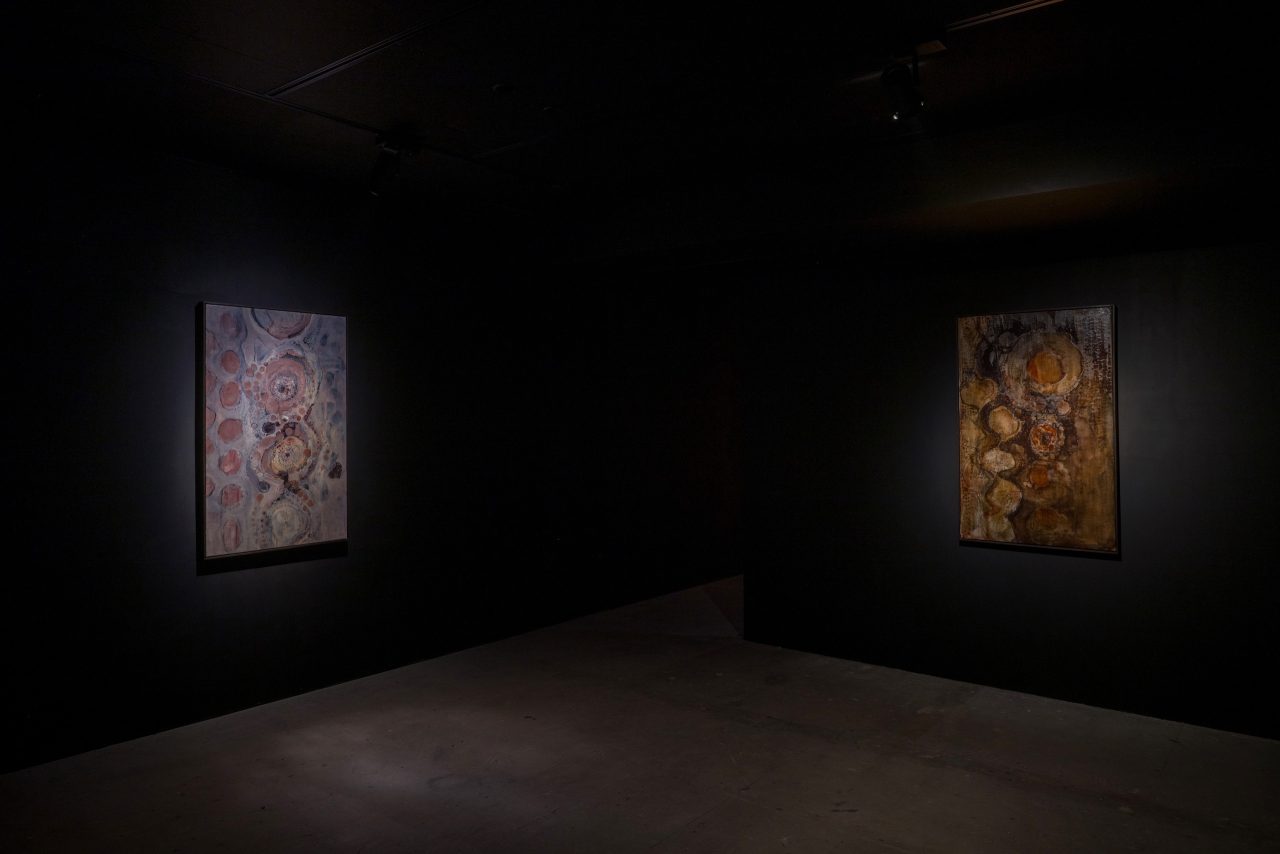
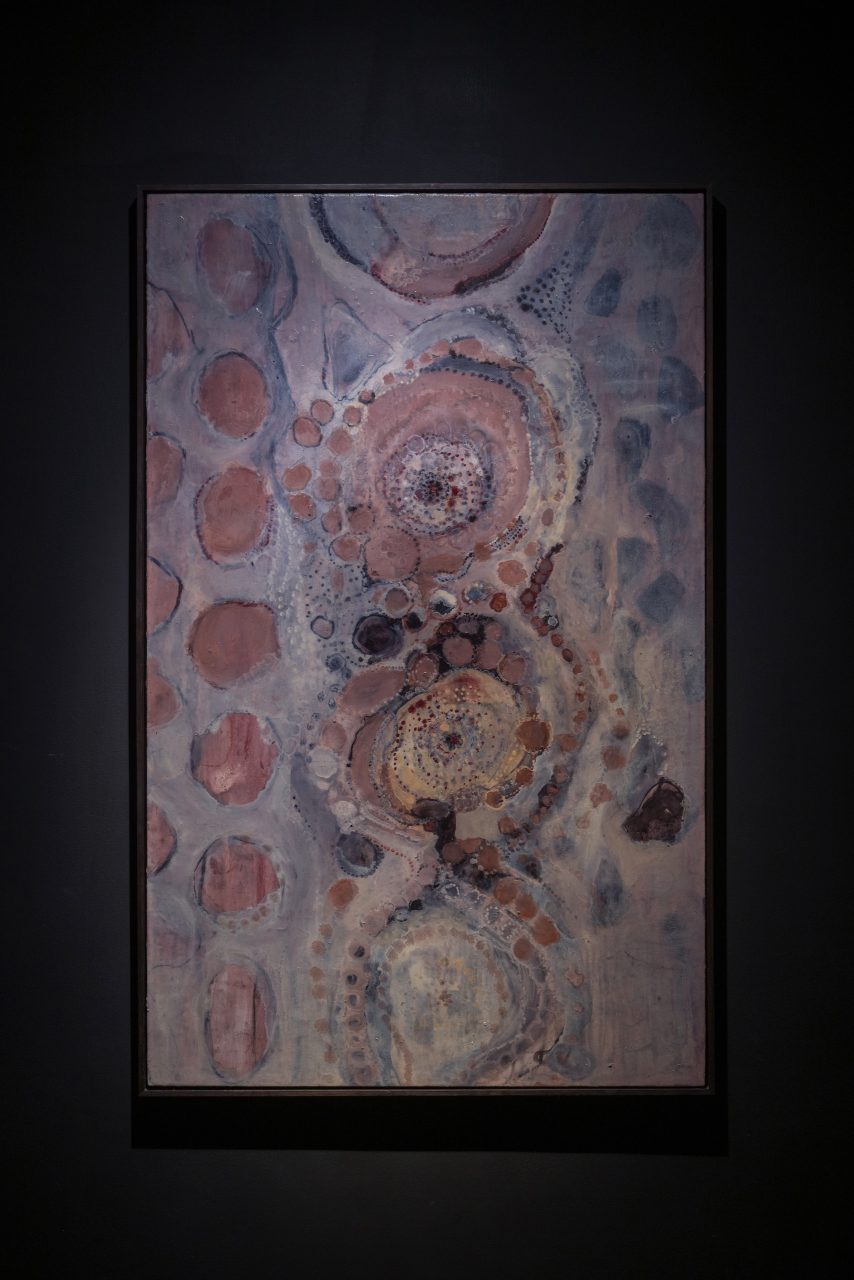
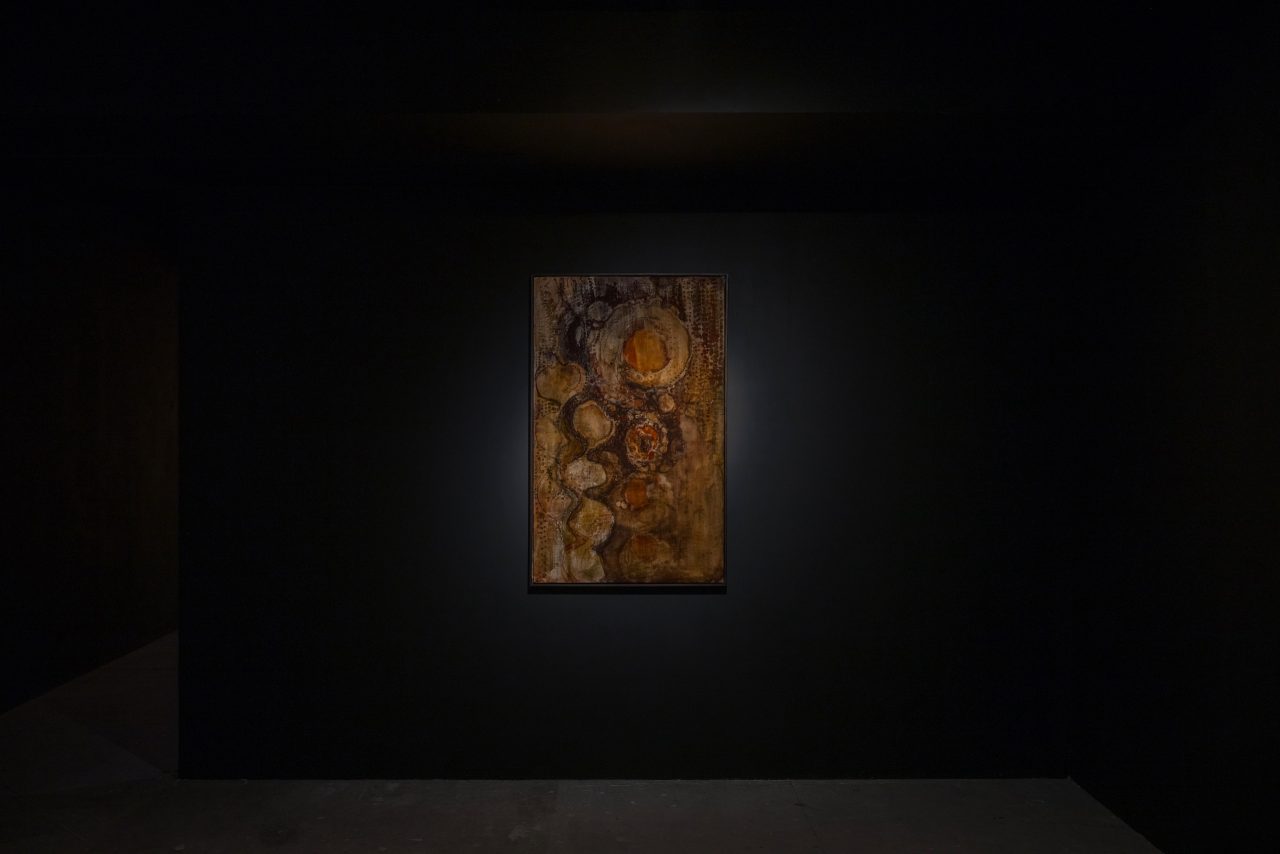
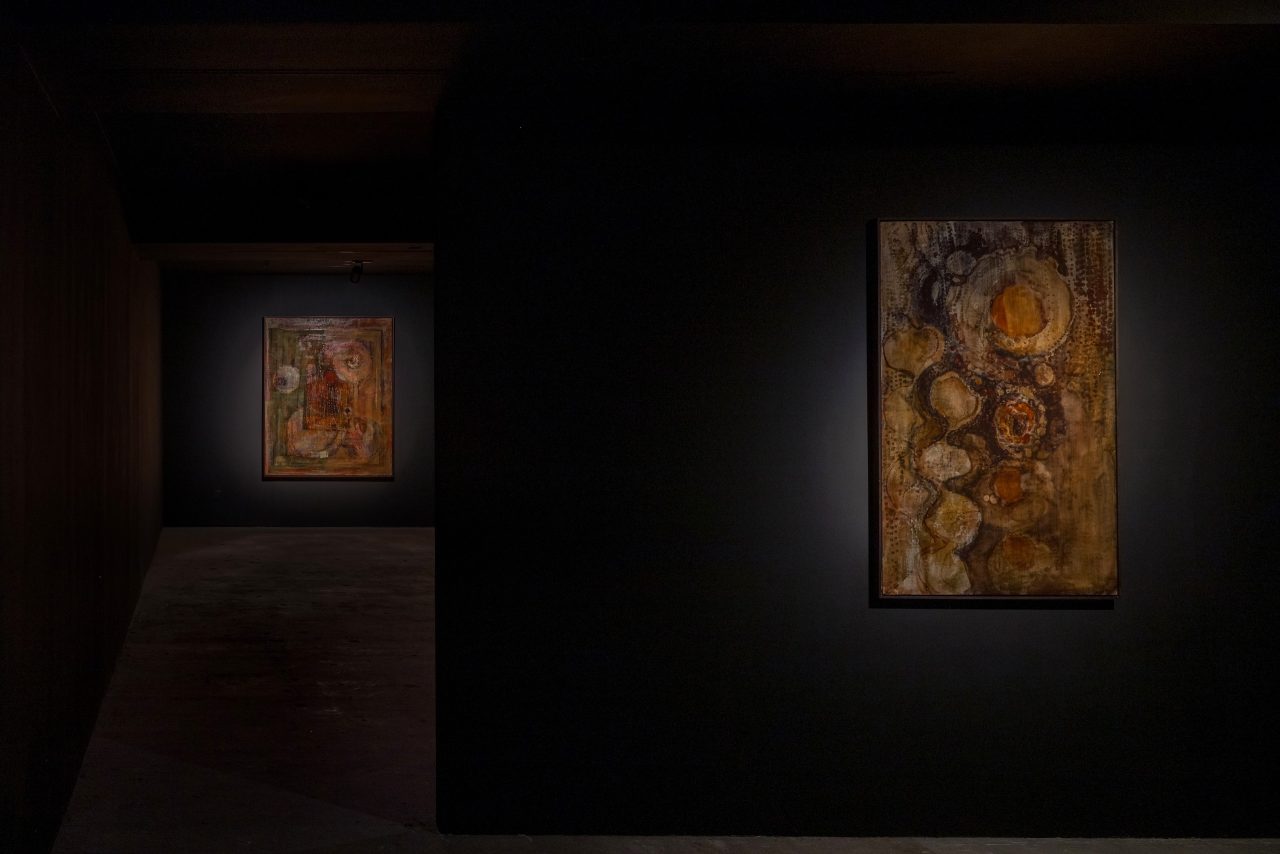
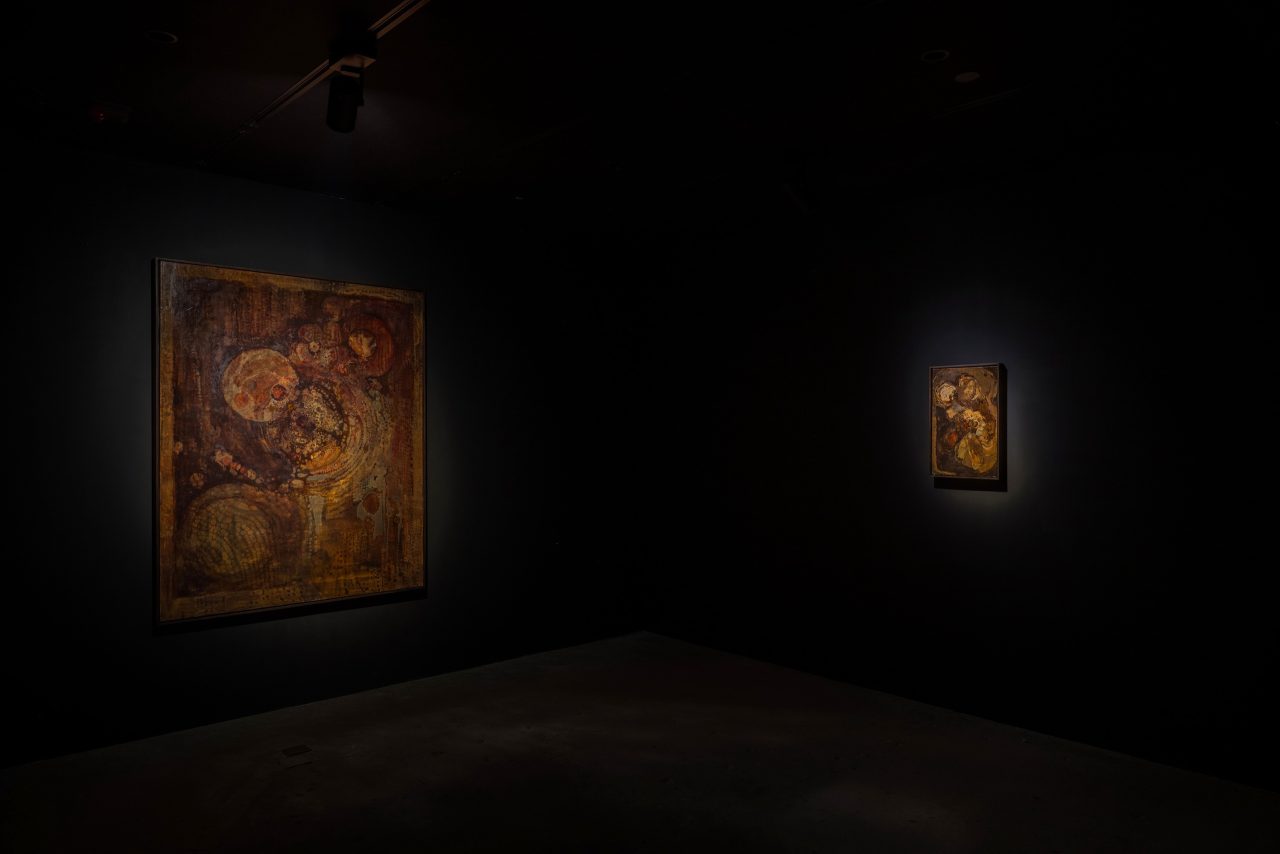
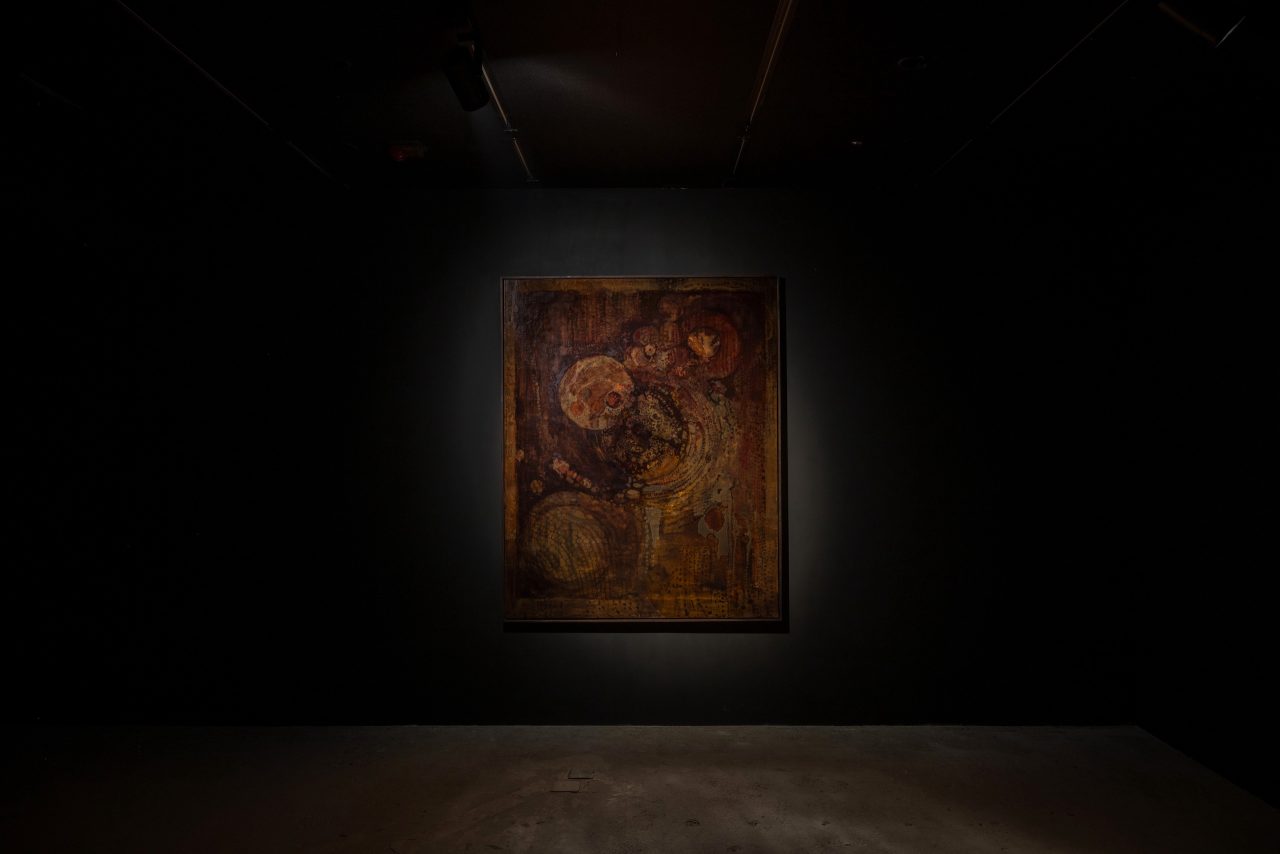
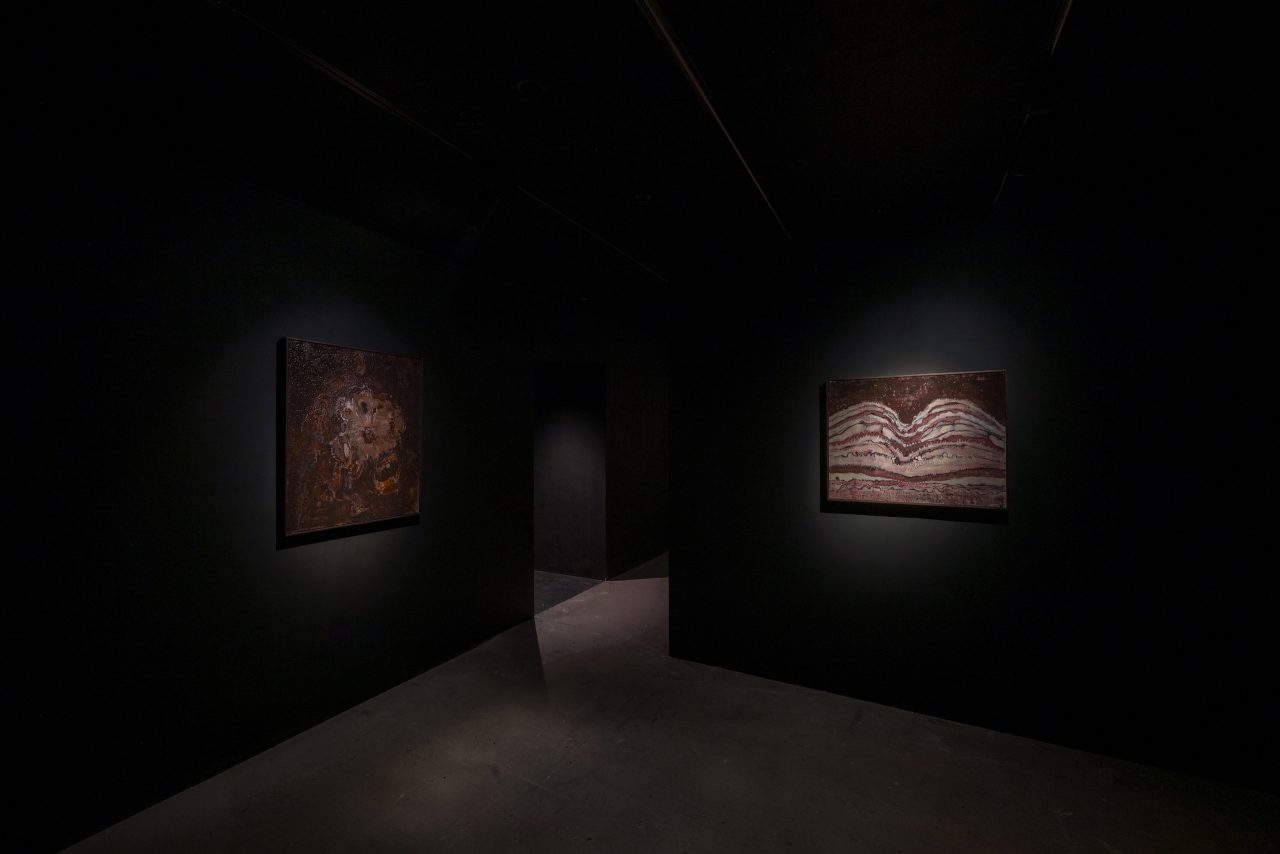
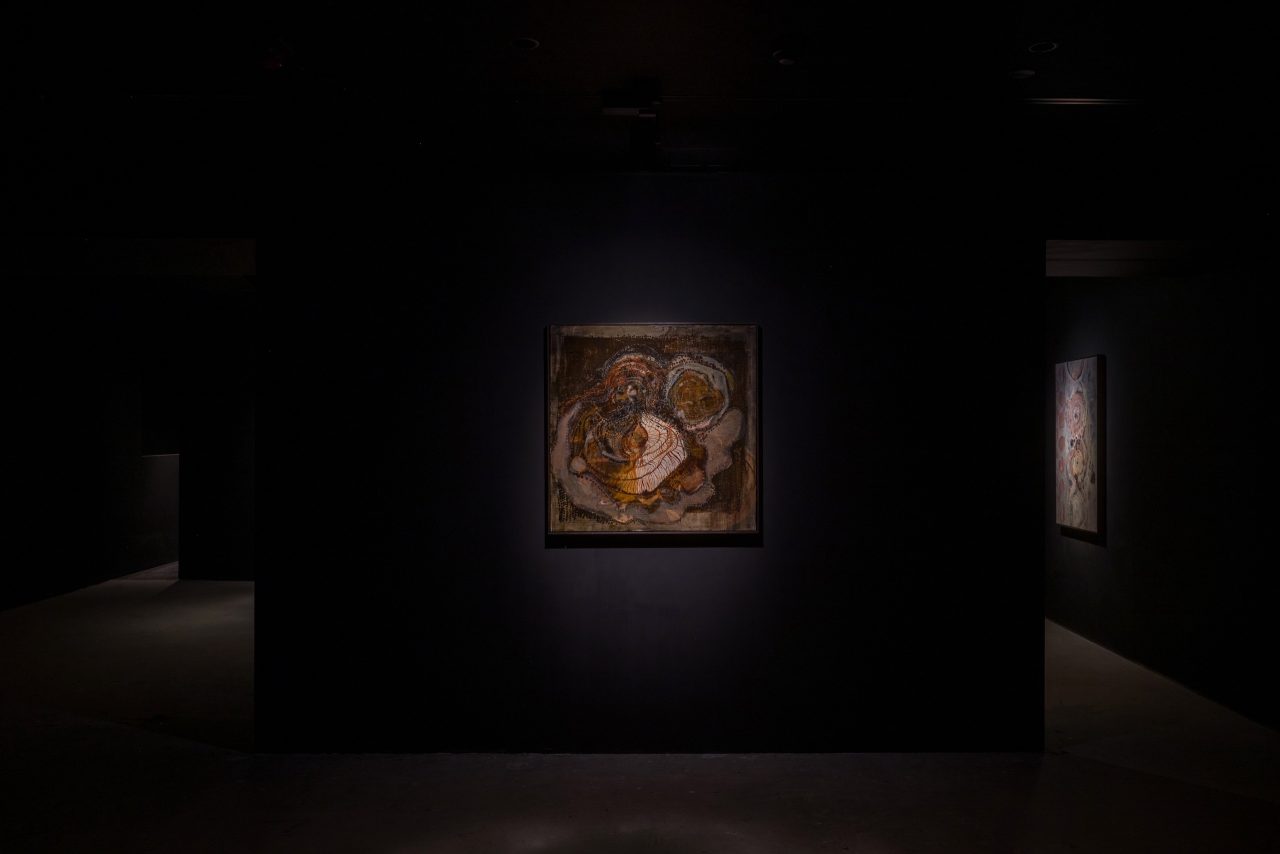
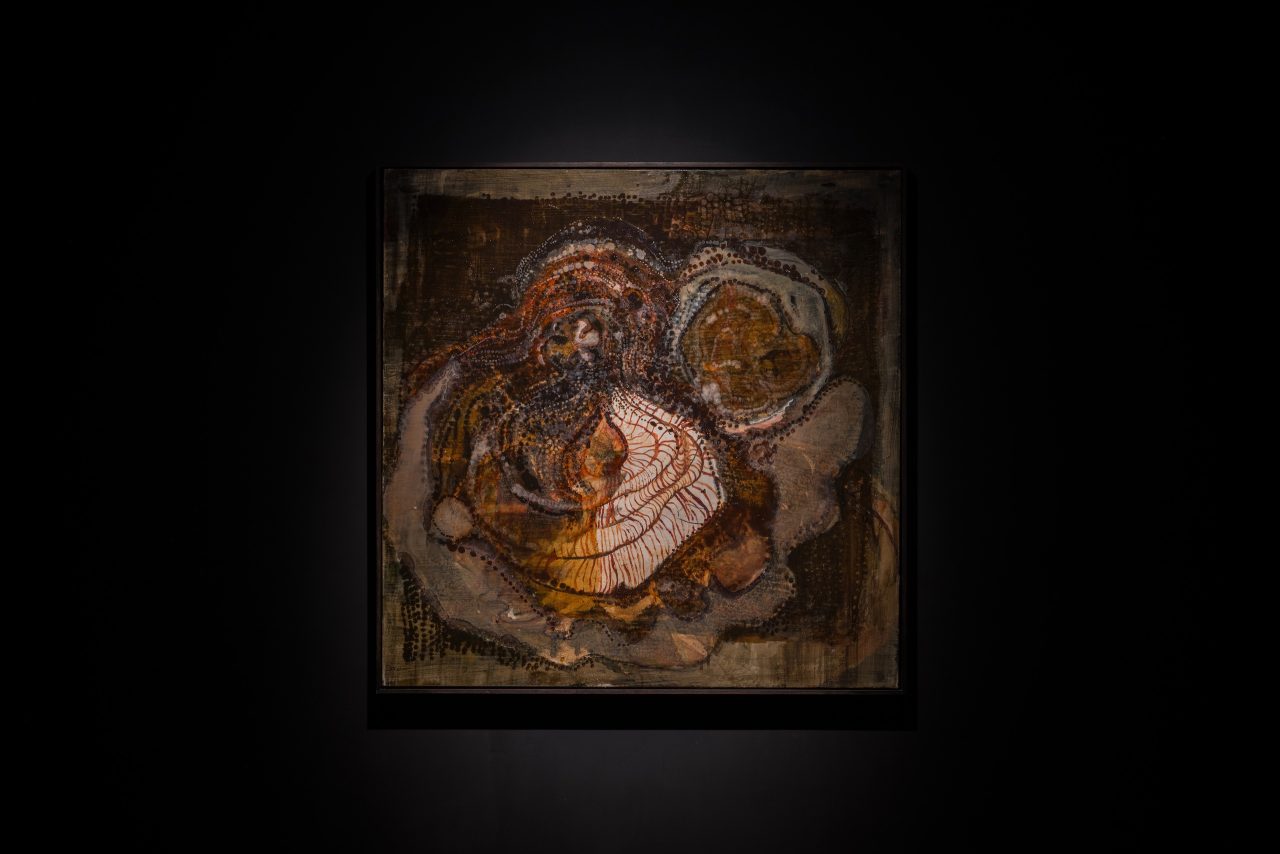
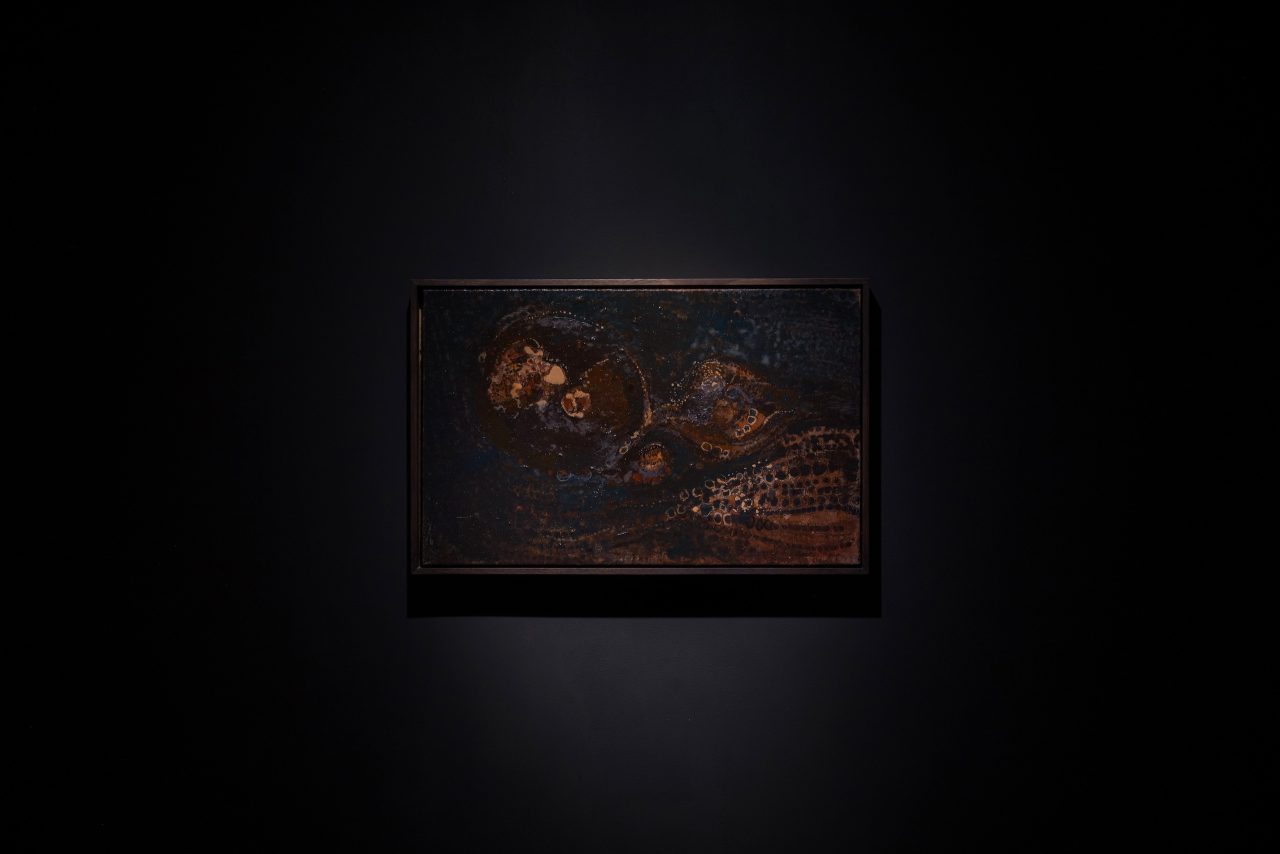
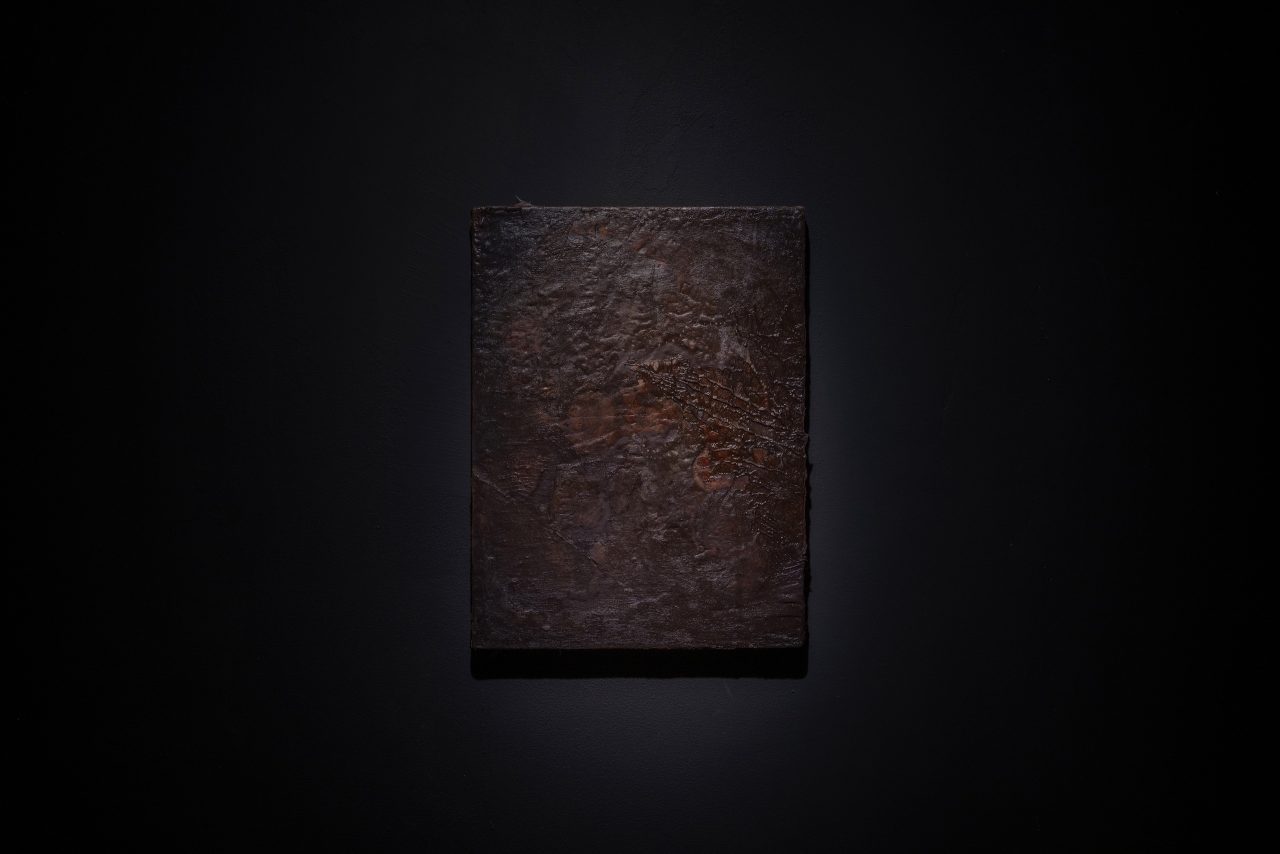
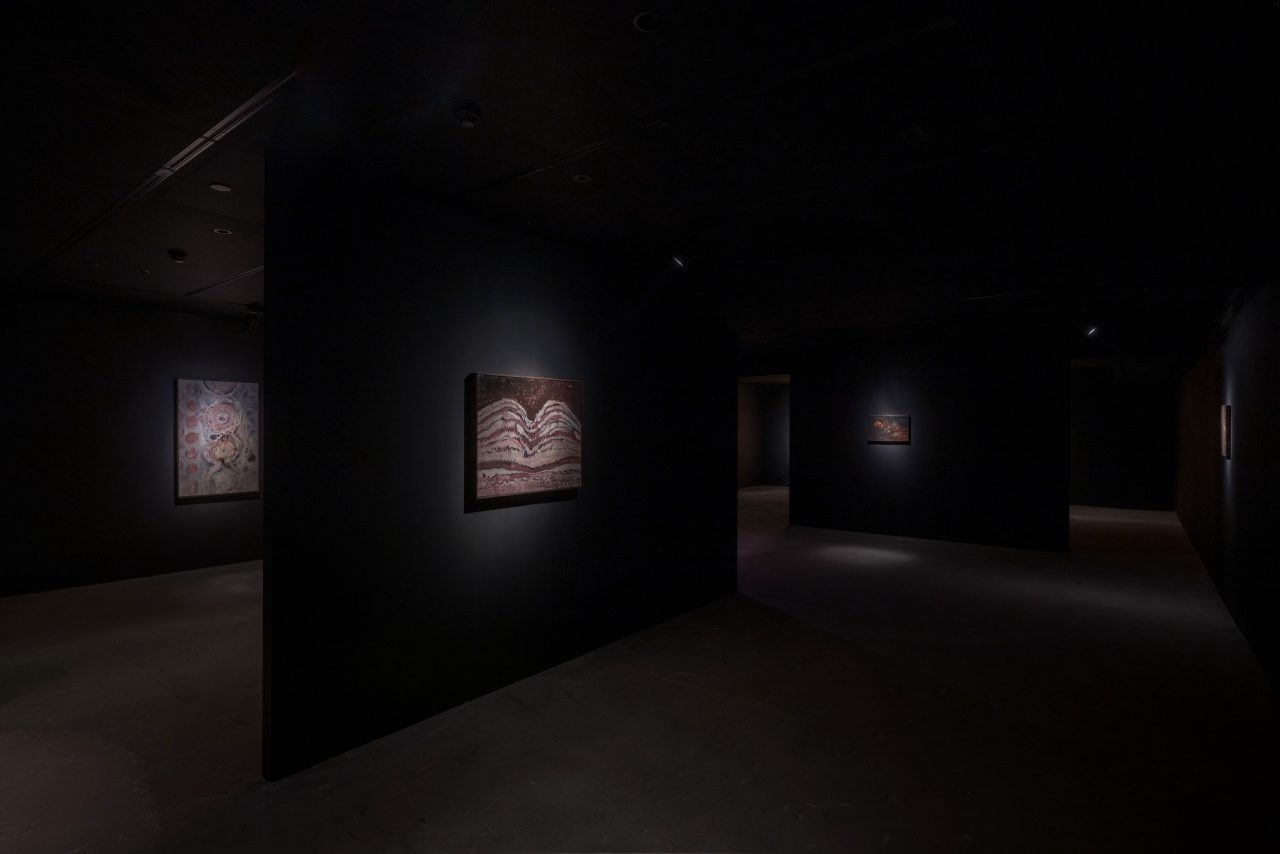
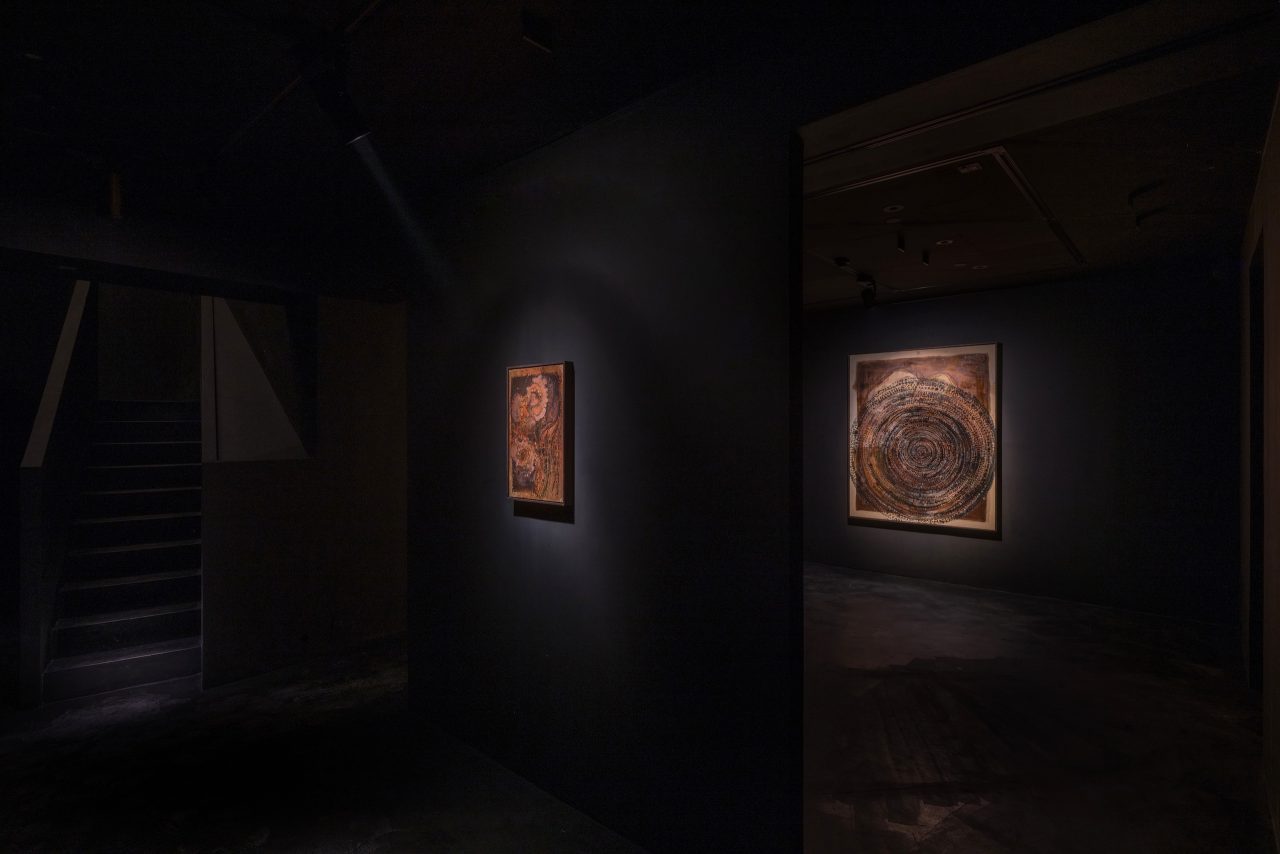
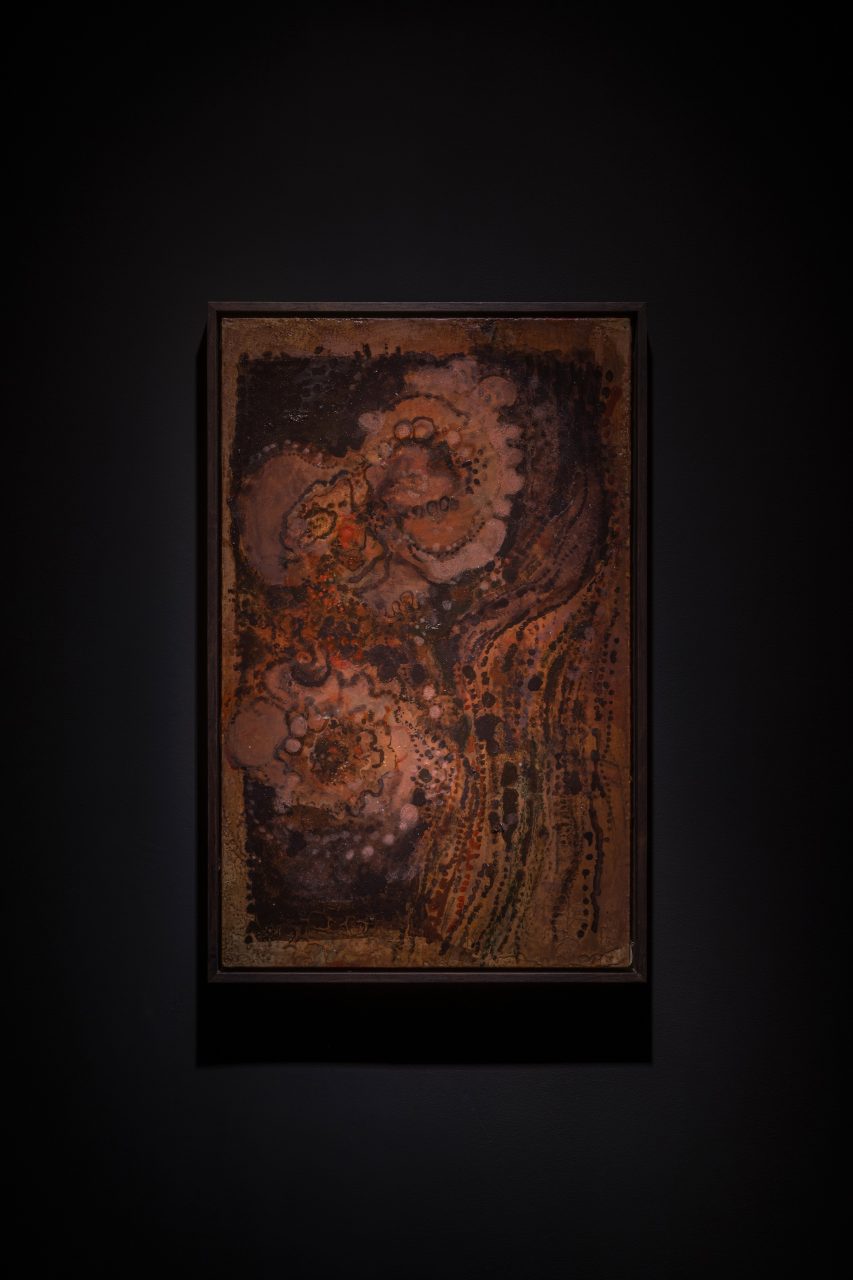
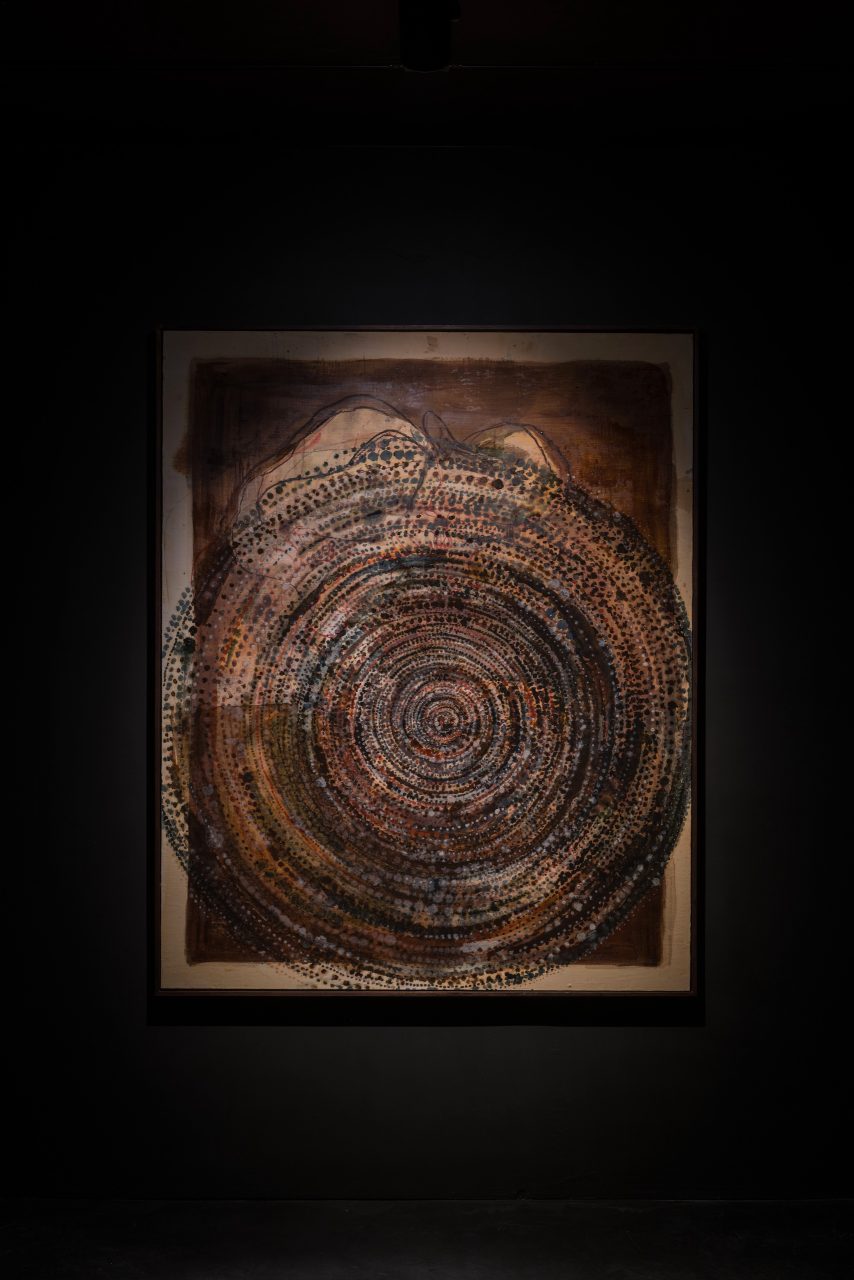
Empty Gallery is pleased to present Respirare, Tokyo-based painter Reina Sugihara’s first solo exhibition with the gallery. Sugihara’s enigmatic canvases emerge from a gradual and ritualistic process of tracing, layering, and effacement often enacted over a period of months or years. Her paintings first coalesce around the intuitive selection of a found object, whose essential mystery and perceptual ambiguity become a site of sustained phenomenological investigation. Mediated first through the sieve of embodied consciousness and then through the hand of the artist, these objects are transmuted into luminous deposits of gesso and oil, pigment and binder––emergent and quivering contours whose contingent organicism suggests a self-sustaining reality. Striking in their anachronistic approach to a medium often fraught with its own history, Sugihara’s paintings share affinities with the automatism of the Surrealists, the corporeal tendencies of post-war Japanese and European painting, and the contemplative traditions of religious art, but are, quietly, all their own.
At first glance, the category of landscape painting might seem a strange heuristic for approaching the work of Reina Sugihara. However, these paintings––with their feral palettes evoking rust, tar, and mud–– do speak to us of the earth, even if they do so in a way which we may not be used to. They recall it in their very materiality, in their sulfurous eruptions of color and their pellucid swirls of milky pigments, their resinous encrustations and shimmering mineral hazes. They bear a certain resemblance to geological processes or formations––but the question still remains, how are they landscapes? If the classical landscape tradition held up a certain notion of the autonomous subject (or the disembodied ego) as both source and model, then from whence does Sugihara’s painting depart?
In a moment when the methodology of plein air painting is experiencing a kind of hesitant return, Sugihara proceeds in the opposite direction, moving from sun-filled expanse to dusky interior, from triumphant vision to halting touch; a deliberate return to the cave. Her practice embraces not only the primacy of the haptic, but foregrounds a sort of active dwelling or charged co-existence through the temporal project of tracing an external object. This humble daily recording of fragmentary impressions might be thought of as psychosomatic snapshots––deposits of heterogeneous time. They display an embodied sensation or cognition unspooling itself, revealing its essential messiness. These “streams of alarming plasticity” steadily accumulate into dense masses of marks*. Forms which, as if through a kind of heliotropism, struggle against their own negation towards the light of reception. This absorption and self-erasure of past images into the abyss of the painterly ground––the material support on which expression is held––becomes an analog for the generative entropy of the earth or “ground” itself, a plenum already containing both everything and nothing; empty and yet full in its essential material richness.
Certain spiritual practitioners refer to the act of breathing as the swinging of a door, imagining the body/ego as mere envelope––an active fulcrum between the esoteric and the exoteric. Sugihara’s paintings allow us not to get behind phenomena, but to get between them. They strive to escape from language, to be depictions not of interior states, but evidence of immanent processes which can never be completely assimilated into the domain of visual. In so doing, they disclose the manner in which our perception of the world forms itself through that subtle threshold, that fertile and ambiguous void between subject and object. They are records of a kind of solitude, of a quality of space-time which is simultaneously familiar and remote from the everyday––a grasping towards the origins of all that we experience. Nishida Kitaro has written that “the inside is thoroughly the outside, the outside is thoroughly the inside, from the inside to the outside and from the outside to the inside, the form means to be formed, the world forms itself”. One could say the same of Sugihara’s paintings. They aim not at representation or a certain predetermined effect on the viewer, but exist foremost as records of a deeply-felt interior research, which, looked at another way, might be nothing more than the process of simply living.
* Jean-Paul Sartre, “ A New Mystic,” in Critical Essays, trans. Chris Turner (London: Seagull Books, 2010), 219-293.
Press:
Reina Sugihara, Empty Gallery by Aaina Bhargava in Artforum
Reina Sugihara, Respirare, by Michele Chan in ArtAsiaPacific